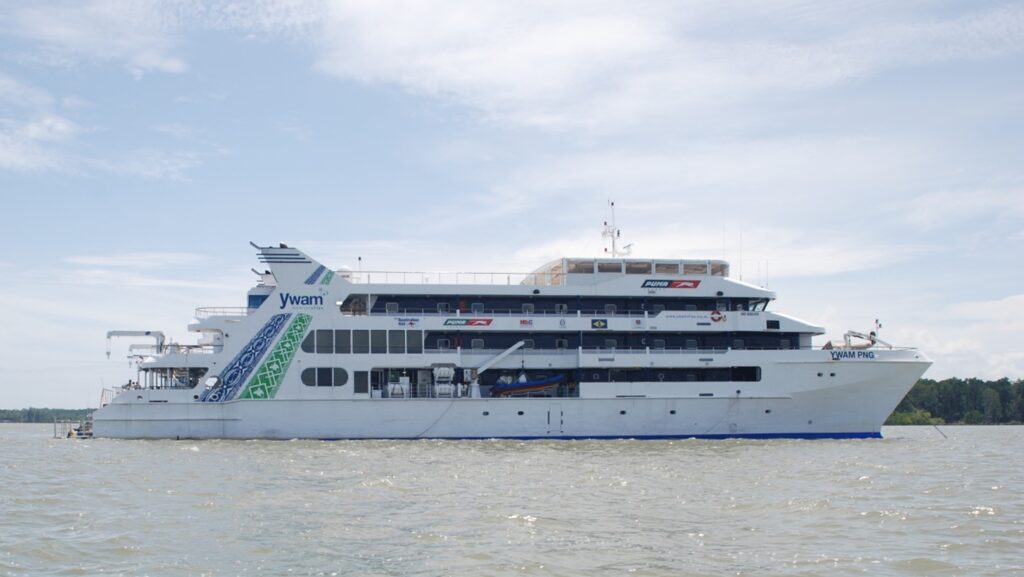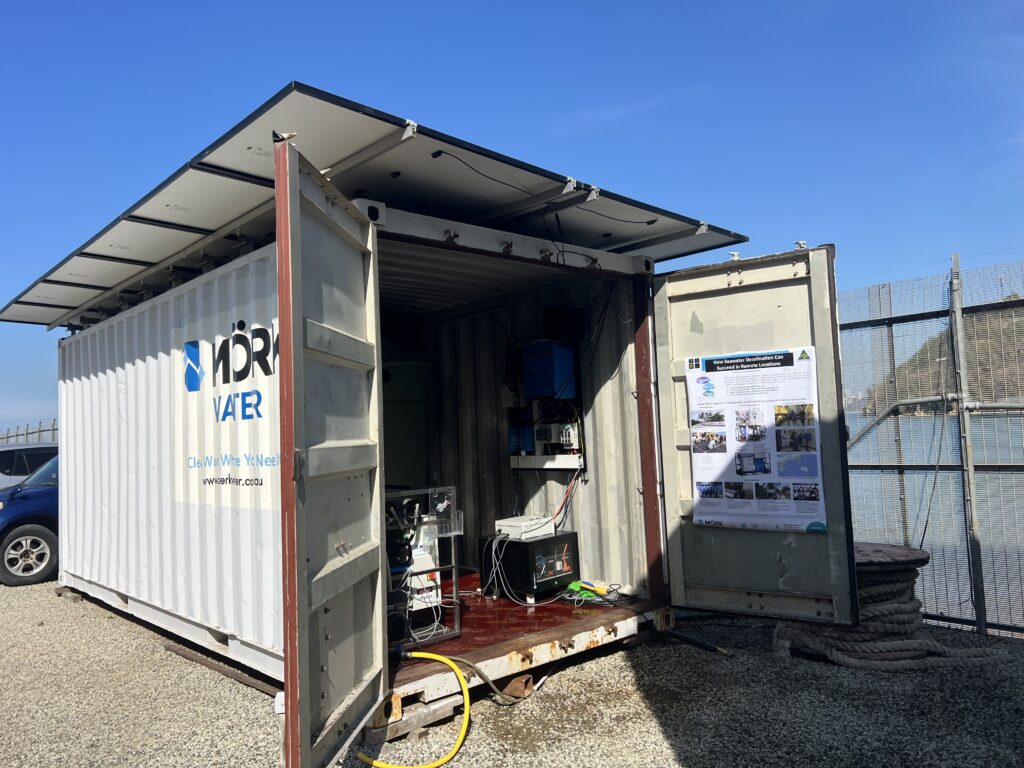Chemical free seawater desalination is an essential technology for remote coastal communities. Seawater desalination is becoming an essential technology for coastal communities which traditionally relied on rainwater harvesting and shallow freshwater aquifers. With climate change, these communities are seeing longer dry seasons and saline intrusion into groundwater. Seawater desalination offers an opportunity to secure drinking water supplies but requires chemicals to operate at high recovery rates. Many remote locations cannot overcome the logistical, storage and handling requirements for water treatment chemicals. In these locations, low recovery, chemical free seawater desalination is becoming the best option to secure freshwater supplies.
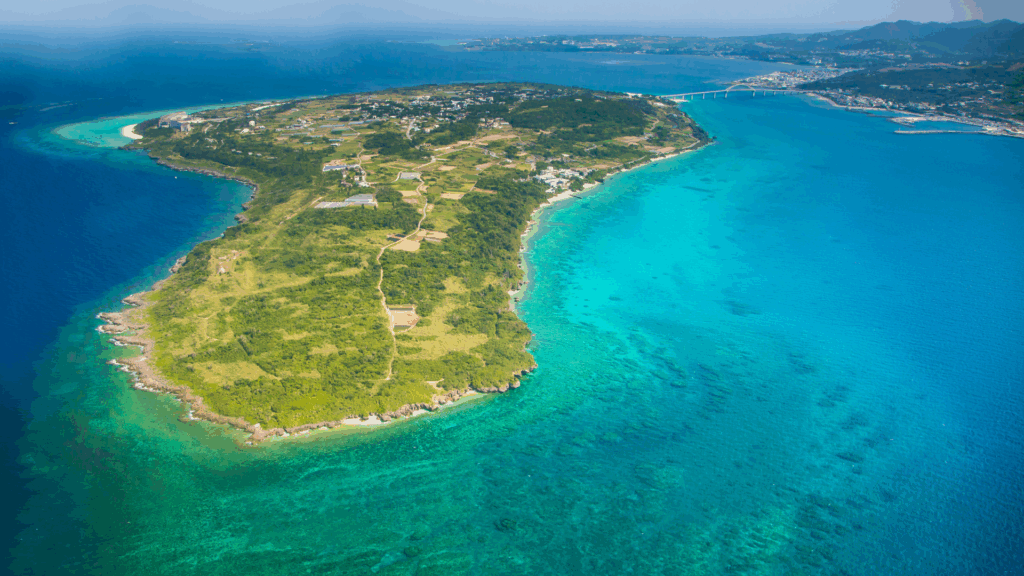
Chemical Use in Seawater Desalination
Municipal seawater desalination will generally run between 35 and 50% recovery. This means that 35 to 50% of the feedwater is converted into freshwater with 65-50% of the feedwater volume becoming waste. High recovery plants are preferred as waste streams are lower volume, smaller pumps and membrane arrays can be used and the plants are more efficient per kL of water produced.
To run at high recovery, a range of different chemicals are required:
- Antiscalants: As high recovery systems remove water at such a high rate, mineral precipitation on the surface of the membrane becomes more likely. To keep membranes clear of mineral scale, antiscalants are used to prevent precipitation.
- Hypochlorite: Feedwater systems for reverse osmosis plants often involve extensive intake pipework. To keep the pipework clear of biological material, chlorine is used to periodically sanitise the feedwater system.
- Dechlorinating chemicals: Chlorine (used as a disinfectant) will oxidise RO membranes if not removed by chemicals such as sodium bisulfite and sodium metabisulfite
- Acid/base compounds: pH adjustment is common for seawater reverse osmosis systems. These chemicals can be used to optimise the pre-treatment system and the operation of the reverse osmosis process itself. Additionally, acids and bases are used during Clean-In-Place operations to remove biofilm and scale build up on the membrane surface.
- Coagulants: Coagulants and flocculants are commonly used in pre-treatment systems, particularly those sourced from ocean intakes to reduce the concentration of suspended solids and avoid particulate fouling.
- Water conditioners: High recovery systems will often require two stage design to maximise recovery. Due to this, the water chemistry of the permeate (product) stream will often need to be adjusted to make the water less corrosive.
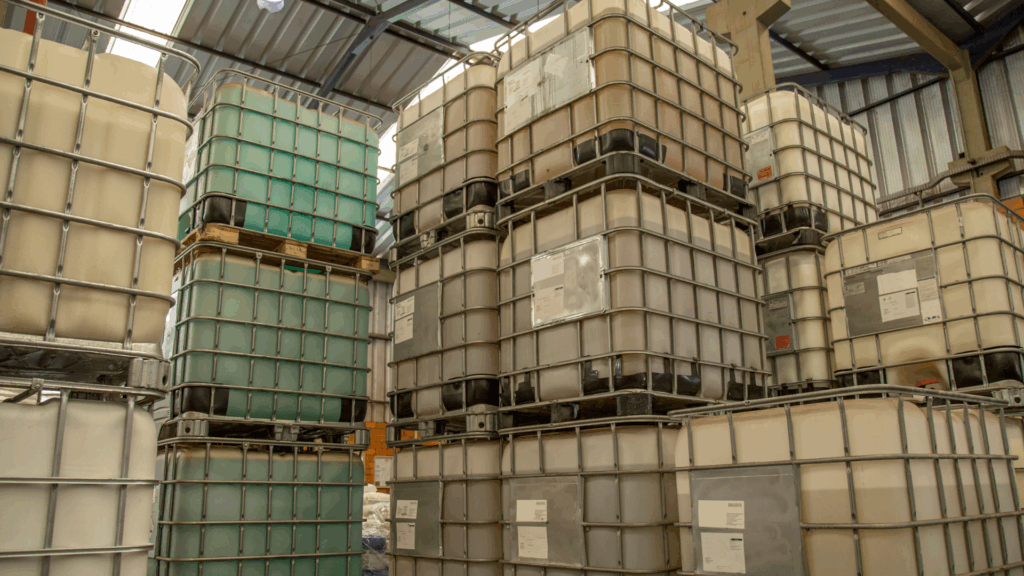
Issues with remote chemical supply
Maintaining water treatment chemical supplies in remote locations faces a series of hurdles:
- Long supply chains/logistics issues: Remote locations are by definition remote. This means that the distance from where chemicals are produced and the remote site where they will be used will require extensive logistic considerations. Many remote sites will not have large scale port facilities or even surfaced roads to enable reliable chemical supply
- Improper storage conditions: Assuming the chemicals can be delivered to site, storing a sufficient chemical inventory in a temperature stable location is another issue. In remote locations, land use is at a premium so extensive chemical inventories are rare.
- Harsh environmental conditions: Many remote coastal locations will be in hot, marine environments which can limit the length at which chemicals (and chemical containers) can be stored safely
- Limited onsite chemical handling expertise: Many water treatment chemicals are hazardous. Understanding correct handling and disposal of these chemicals requires training. Sufficient personnel trained in chemical handling is rare in remote locations.
Although there are new technologies continually being developed for onsite generation of chemicals (e.g. continuous electrochlorination), this does not cover all chemicals required for high recovery seawater desalination.
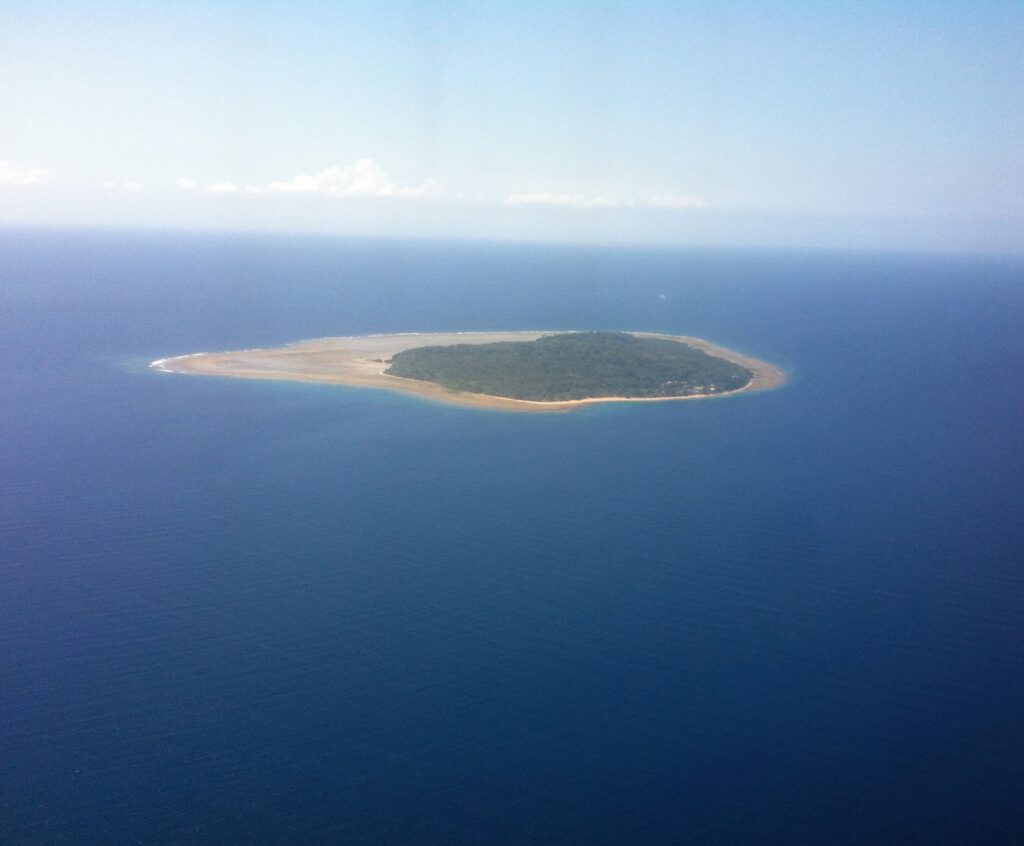
Chemical Free Seawater Desalination
By lowering the recovery rate of seawater desalination systems below the level at which mineral scaling occurs, antiscalants can be avoided. Similarly, switching from an ocean intake system to a beach well removes the need for coagulants. Beach wells act as a pre-treatment system and usually contain feedwater with low suspended solids. Additionally, a beach well will be physically closer to the water treatment system. Therefore with shorter pipelines, periodic chlorination of the intake system is not required. As no chlorine is used, dechlorination chemicals are not required.
Additionally, pH correction can be avoided through careful selection during the membrane design phase. Similarly, daily freshwater rinses delay the requirement for clean in place chemicals.
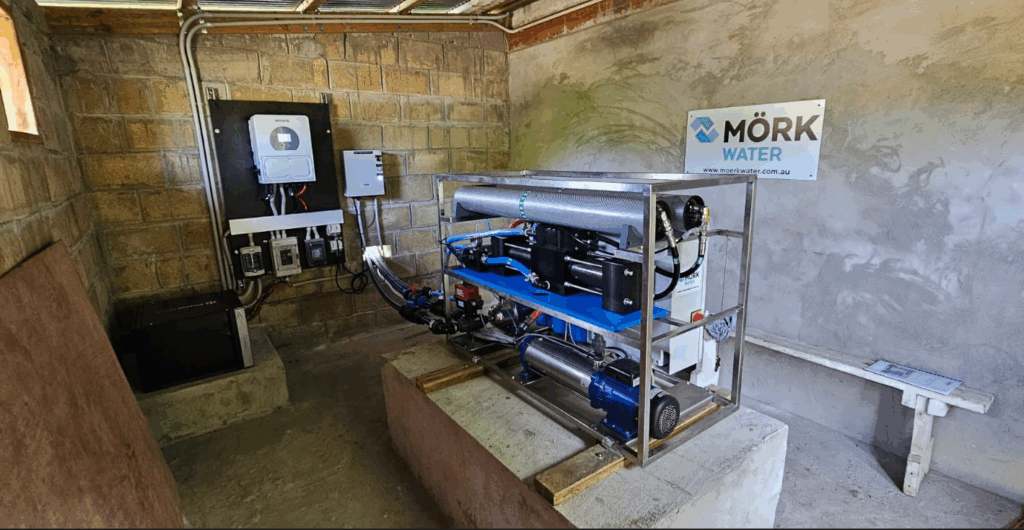
Low recovery seawater desalination allows for the chemical free production of drinking water in remote coastal locations. Contact Moerk Water today to discuss the potential of chemical free seawater desalination.

